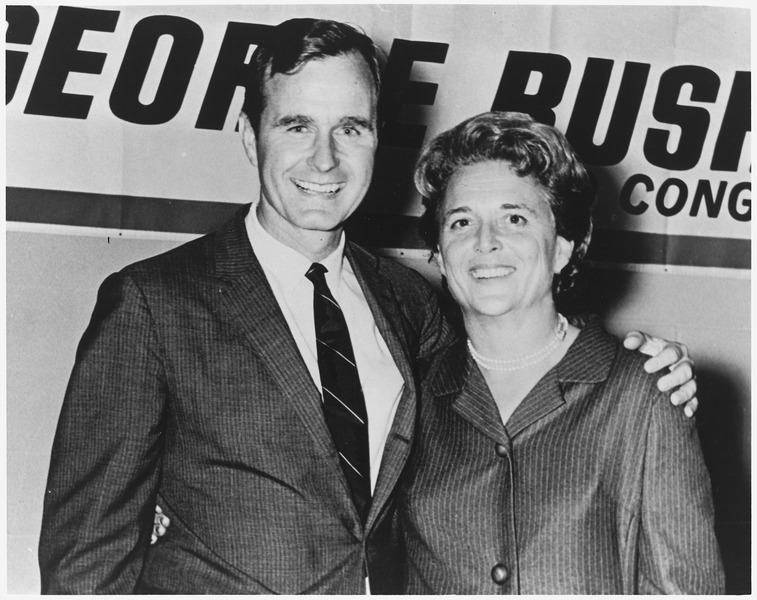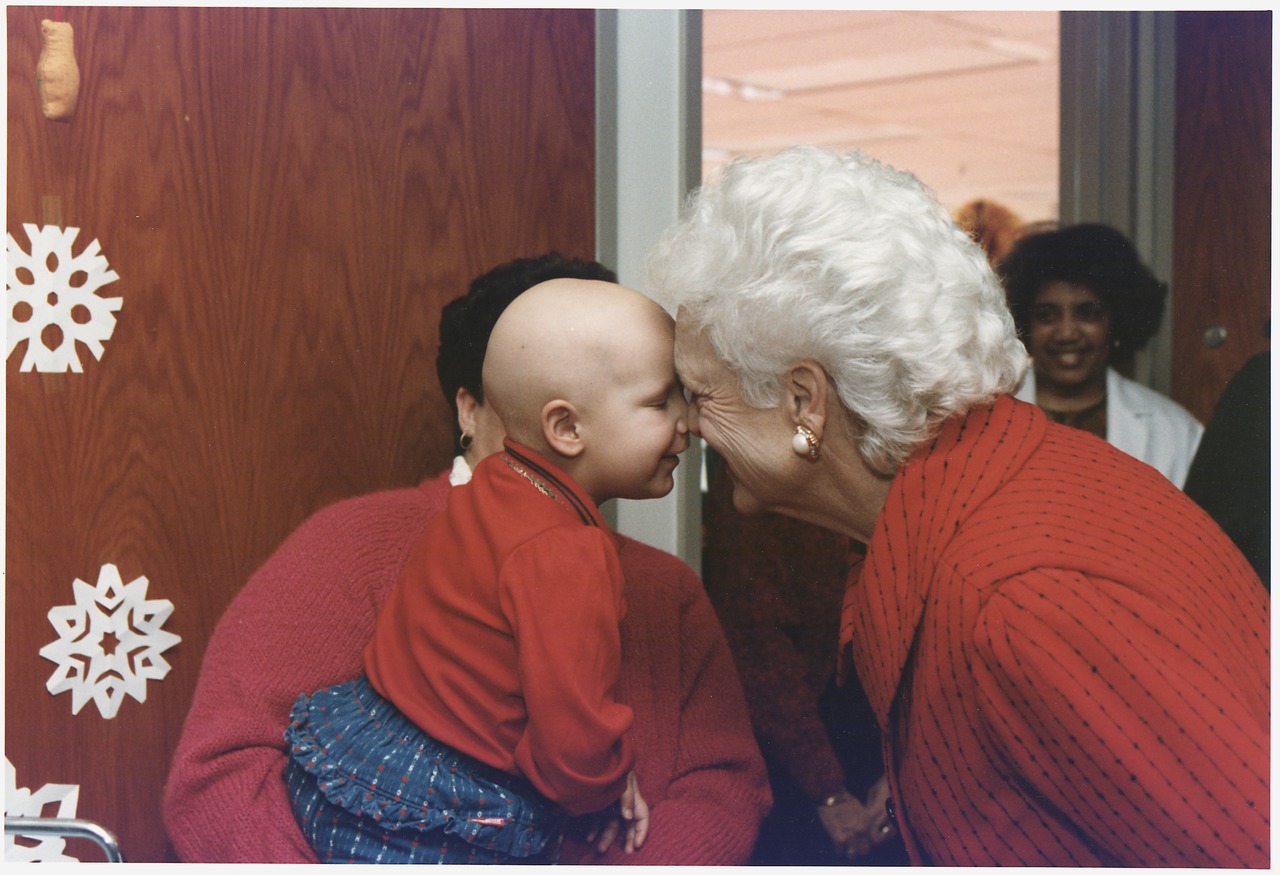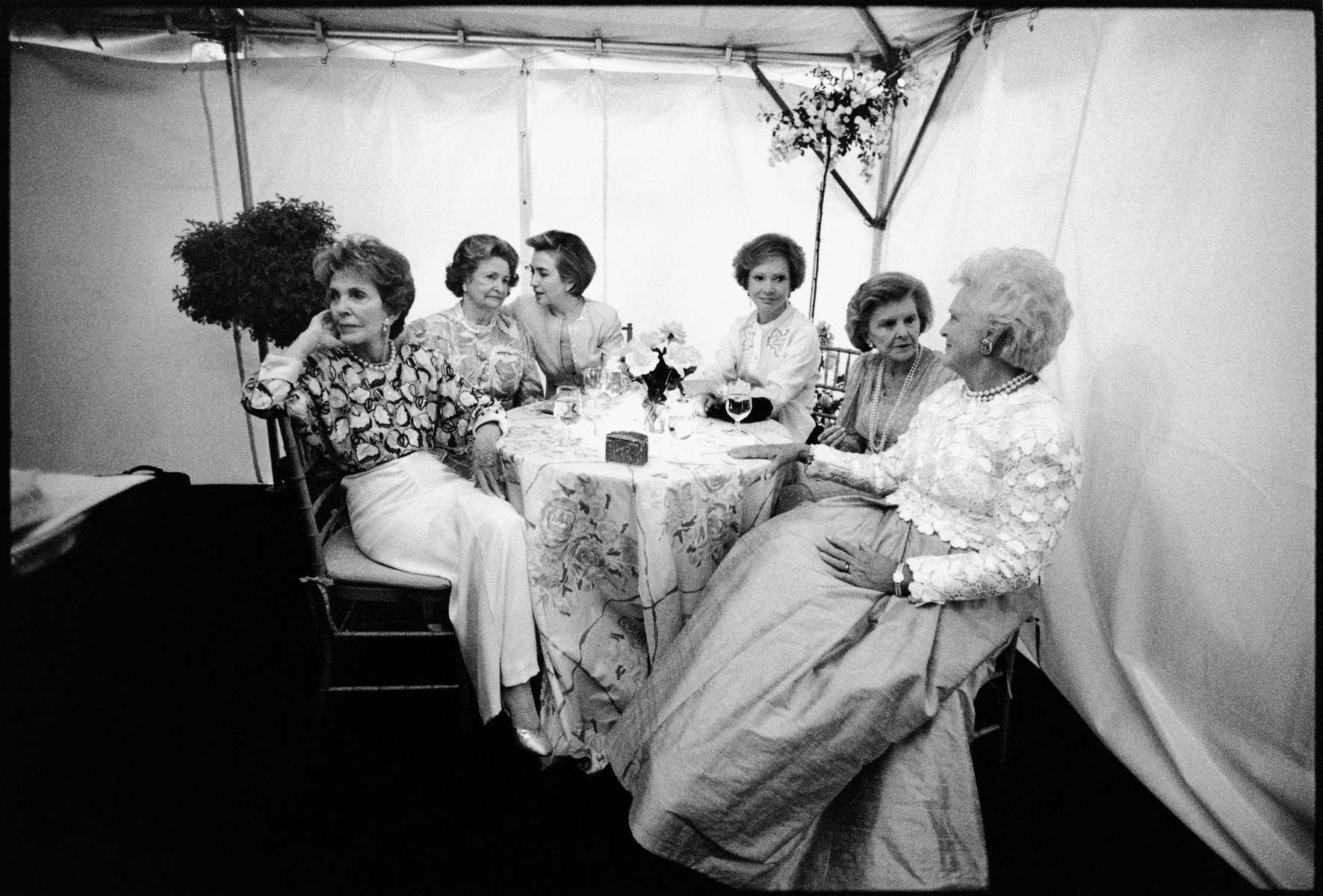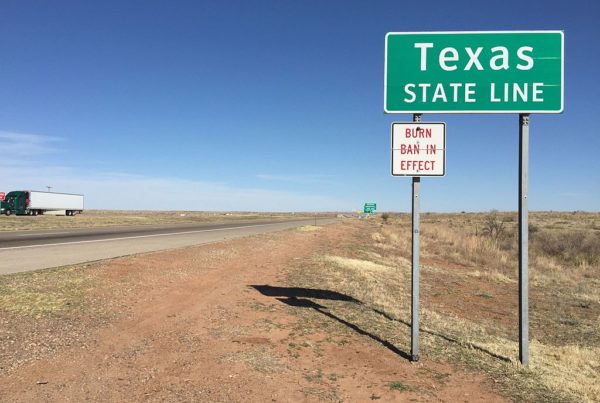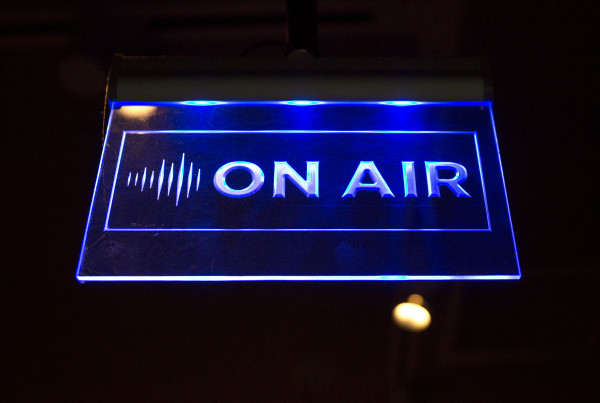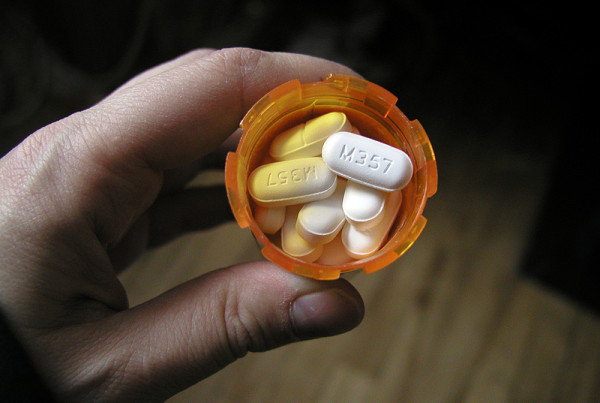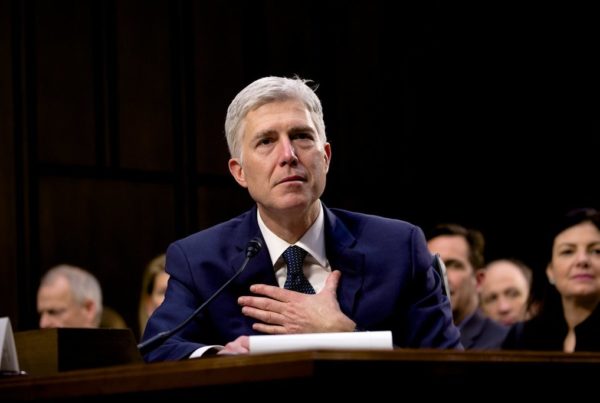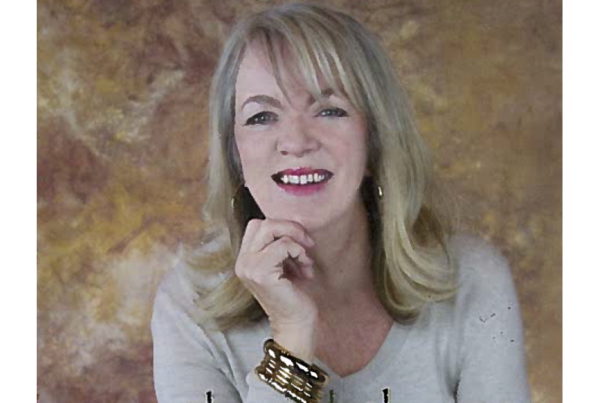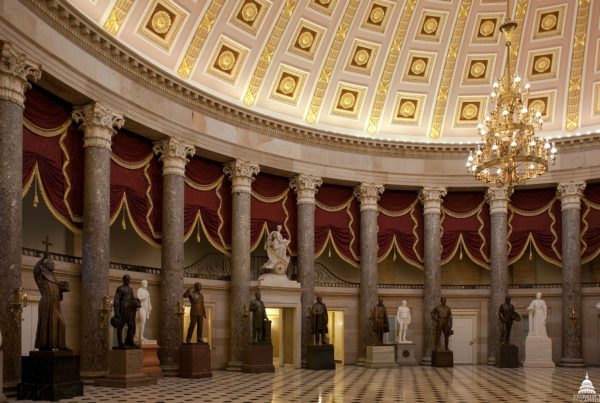Back in the late 80s and early 90s, you could be fired if your employer discovered you’d done something like volunteering to work with AIDS patients. Acquired Immune Deficiency Syndrome was, at the time, considered a death sentence, saddled with the stigma as a disease spread by drug users and gay men.
“The Reagan administration, frankly, had done basically nothing, not only to remedy the problem and the health crisis, but to even address it,” says Jeffrey Engel, the director of the Center for Presidential History at Southern Methodist University, and the author of several books including “When the World Seemed New: George H. W. Bush and the End of the Cold War.”
Many Americans were afraid that just touching someone with AIDS could be deadly, despite assurances from public health officials that that just wasn’t true.
Shortly after her husband’s inauguration, Barbara Bush did something remarkable.
“In the first months of her being in the White House,” Engel says, “Barbara Bush went to essentially a hospice where children and babies who had contracted HIV and AIDS were oftentimes left and abandoned by their parents, and left simply to pass away. And Barbara Bush went, and not only coddled some of the babies, not only kissed some of the babies, not only took care of some of the children and gave them just genuine human warmth, but more importantly she allowed herself to be videoed and photographed doing that. The image of the First Lady of the United States holding to her chest a dying child really reworked the entire notion of AIDS for many people around the country.”
The First Lady visited the hospice more than once. Engel says her visits managed to move the conversation forward about AIDS in the United States.
“I think of all the stories about Barbara Bush that I’ve ever heard and I ever researched, this is the one that touches me the most,” Engel says. “It really was a genuine positive that a First Lady could do for the entire country.”


